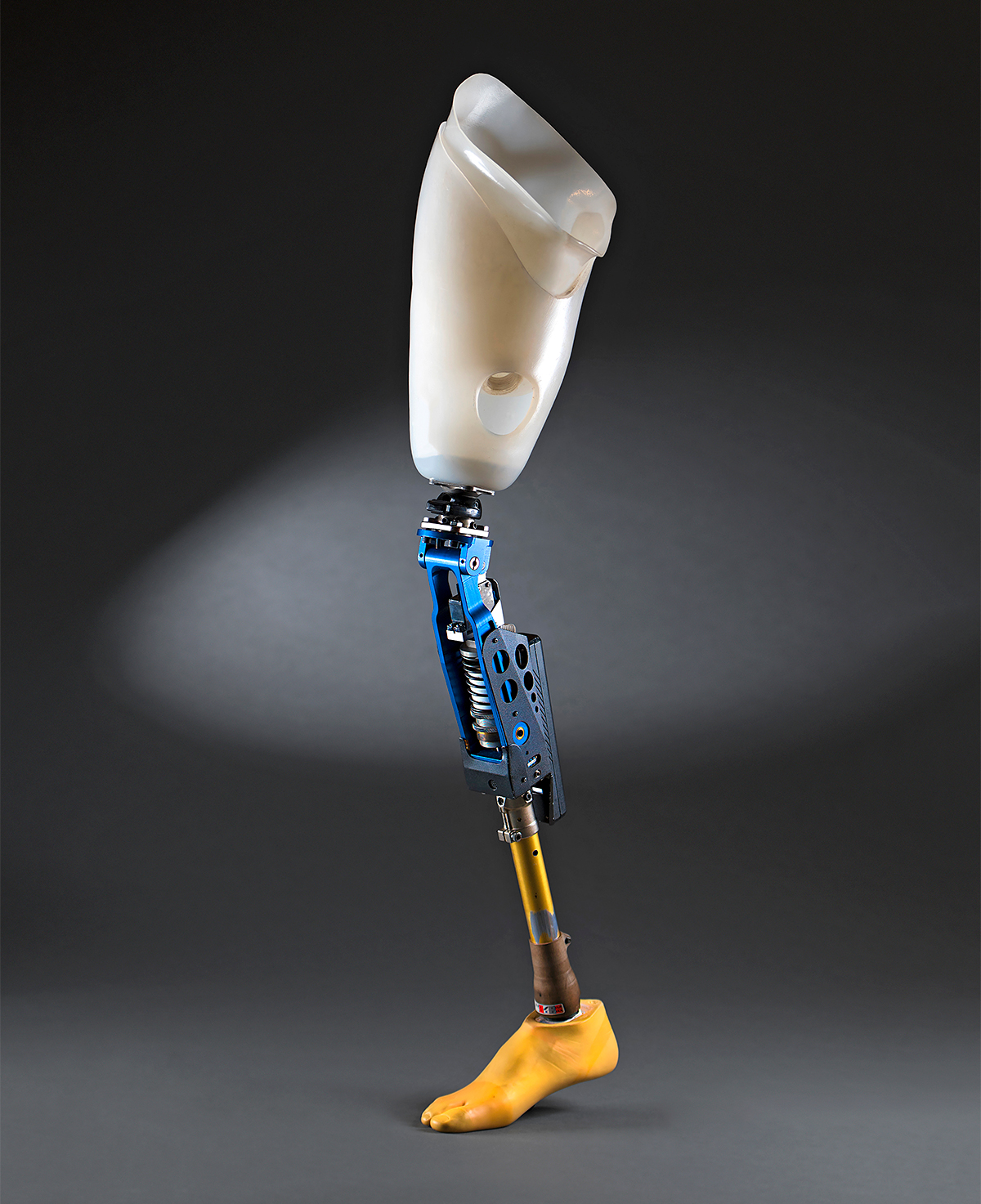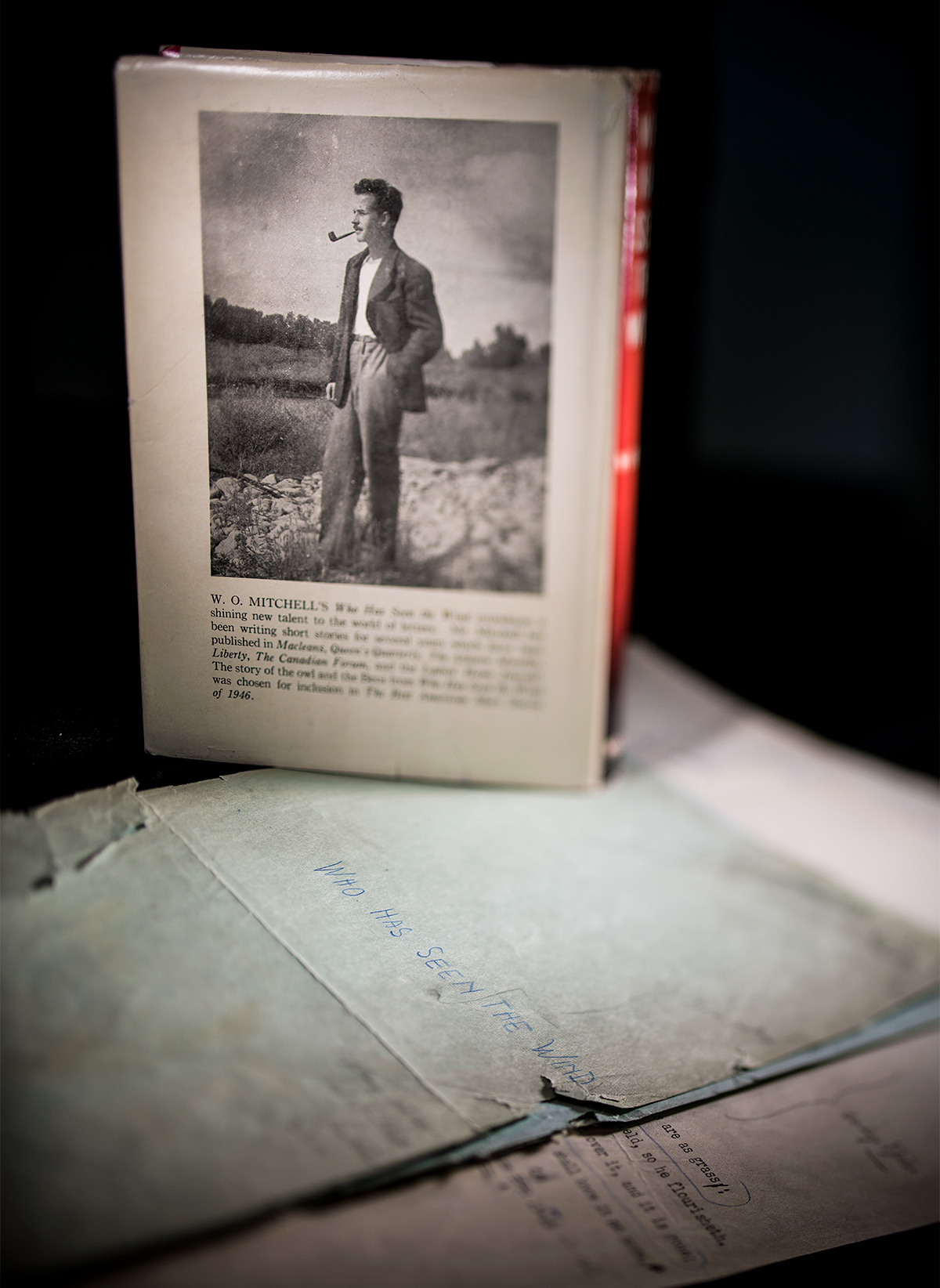Quantum Canola
Creator: Gary Stringam, professor emeritus
Date: 1995
Impact: Rescued Canada's fledgling canola industry, now worth more than $20 billion to the economy
By Habib Rahman
I was a plant breeder in Europe in the 1990s, with a small part of my breeding activities in Canada. At the time, canola was a burgeoning industry in Canada, worth millions of dollars to farmers, and blackleg disease posed a very serious threat. The fungus attacked the plant, rotting the stem at ground level, cutting off nutrients to the rest of the plant and resulting in as much as 30 per cent crop yield losses. Researchers were racing to find a solution. Then Gary Stringam discovered a blackleg-resistance gene in an Australian canola and used biotechnology to create the blackleg-resistant cultivar Quantum. The new cultivar also produced very high yields. Bingo! It was like winning the lottery for farmers and the canola industry. Canola today contributes more than $20 billion to Canada's economy, and the blackleg-resistance gene is still found in many canola cultivars.
Habib Rahman is a crop scientist in the U of A Department of Agricultural, Food and Nutritional Science.





We at New Trail welcome your comments. Robust debate and criticism are encouraged, provided it is respectful. We reserve the right to reject comments, images or links that attack ethnicity, nationality, religion, gender or sexual orientation; that include offensive language, threats, spam; are fraudulent or defamatory; infringe on copyright or trademarks; and that just generally aren’t very nice. Discussion is monitored and violation of these guidelines will result in comments being disabled.